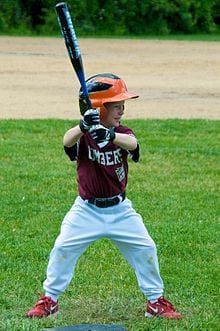New research highlights the sports-specific risks associated with common facial injuries in kids. The findings appear in the June issue of Plastic and Reconstructive Surgery.
Researchers analyzed 167 children and adolescents with sports-related fractures from 2000 to 2005. Of all facial fractures, 10.6% were sports-related, the study showed.
About 80% of the injured patients were boys; nearly two-thirds were between 12 and 15 years old. Nasal fractures accounted for about 40% of the injuries, 34% were fractures around the eye, and skull fractures accounted for 31%.
Approximately 45% of the patients were hospitalized, including 15% admitted to the intensive care unit. About 10% lost consciousness. Four percent of the children had more severe “level I” trauma, such as unstable airway or vital signs, or spinal cord injury. About 45% of fractures occurred when the child was hit by a ball.
Collisions with another player were the second most common cause at 24.5%, followed by falls, about 19%.
“This data may allow targeted or sport-specific craniofacial fracture injury prevention strategies,” conclude researchers led by Lorelei J. Grunwaldt, MD, and colleagues of Children’s Hospital of Pittsburgh.
Forty-four percent of the facial fractures were sustained from baseball or softball activities. Basketball and football were less common, only accounting for 10% of the cases. Although fractures related to horseback riding and skateboarding were less common, the injuries tended to be more severe. Rates of level I trauma were 29% in horseback riding and 14% in skateboarding, the study showed.
Sports-Specific Prevention Tips
In skateboarding and skiing/snowboarding, wearing helmets has proven effective in reducing fracture risk. Nasal protectors may help prevent some fractures in basketball and soccer. The use of softer, low-impact balls has been recommended in youth baseball and softball.
Given the high rate of fractures occurring in fielders trying to catch a ball in these sports, Grunwaldt and coauthors conclude, “[O]ur strongest recommendation for injury prevention may be further consideration of face protective equipment [face guards] for players fielding in baseball and softball.”





